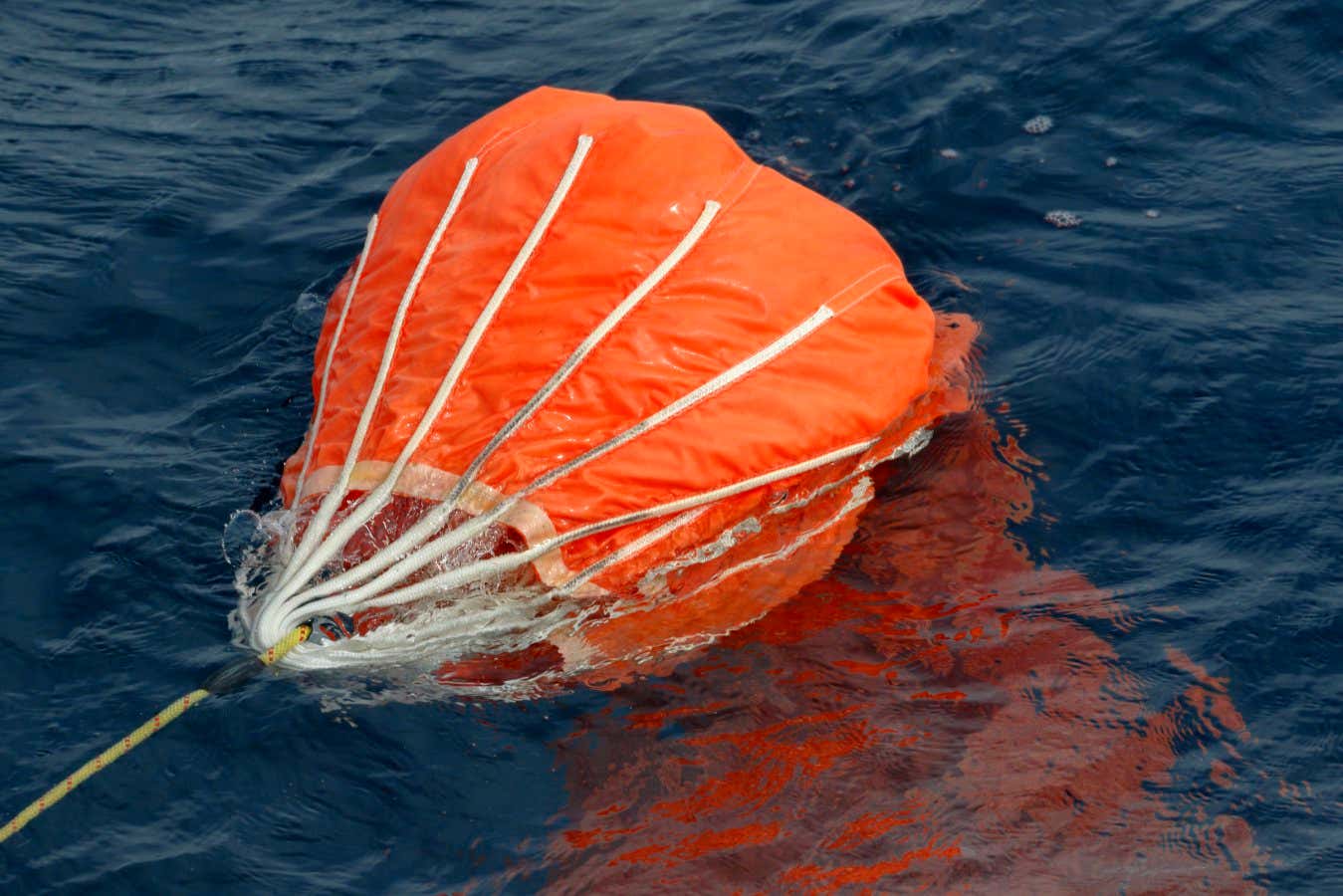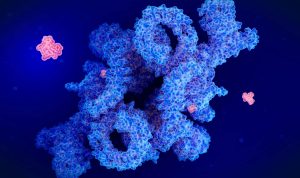Large sea anchors could be used to drag water under a bold plan to keep the Atlantic Meridional Overturning Circulation moving – but some experts are sceptical
The plan to maintain the ocean current would involve much larger versions of parachute sea anchorsEd Dunens (CC BY 2.0)
The plan to maintain the ocean current would involve much larger versions of parachute sea anchors
Shipping tankers, drones and fishing boats could be used to drag giant parachutes through the waters of the Atlantic Ocean as part of a drastic plan to avert catastrophic climate change.
The Atlantic Meridional Overturning Circulation (AMOC) transports warm water from the tropics northwards, helping to keep northern Europe temperate.
Read moreThe jet stream may be starting to shift in response to climate change
The jet stream may be starting to shift in response to climate change
However, a rapidly melting Arctic and warming ocean temperatures are weakening the current, with some scientistsfearing it could shut down altogether at some point in the coming century. This would plunge oceanic ecosystems into chaos and rapidly cool Europe’s climate by several degrees.
Greenhouse gas emissions need to be cut rapidly to reduce the risk of AMOC collapse and other catastrophic climate “tipping points”, experts stress. But some are considering other, more radical approaches to keep the current going.
Stuart Haszeldineat the University of Edinburgh, UK, andDavid Sevierof UK water treatment firm Strengite presented one idea at theArctic Repairconference in Cambridge, UK, this week. They say that just 35 sea tugboats could be used to pull underwater parachutes, each about the size of half a football pitch, to move enough water to maintain the current. “You can have that very large effect with a very small intervention of energy and equipment,” says Haszeldine.
Unmissable news about our planet delivered straight to your inbox every month.
The parachutes – similar in design to existing sea anchors, which are used to stabilise vessels in inclement weather – would help to propel the water flowing along the surface of the ocean. Each one would feature a hole with a 12-metre diameter in its centre to allow marine life to escape.
Drones, shipping tankers, tugboats or wind kites could be used to drag the parachutes, operating 365 days a year on a rotating-shift basis. “It’s a small but continuous intervention,” says Haszeldine.
Sevier described the idea as a “Hail Mary” to prevent the catastrophic consequences of an AMOC collapse. “This is about buying time,” he argues, for the world to cut emissions enough to stabilise global temperatures at a safe level.
However, the idea has been met with scepticism from leading AMOC researchers.René van Westenat Utrecht University in the Netherlands points out that differences in water density between cold, salty water and warm, fresher water are key to the downwelling and upwelling motion that sustains the AMOC.
“If [this idea is] possible, they can only maintain the surface layer using the overhead winds,” says van Westen. “The ocean density differences are far more important for the AMOC and hence, I’m not convinced that this can sustain the AMOC.”
Read moreFive climate megaprojects that might just save the world
Five climate megaprojects that might just save the world
Stefan Rahmstorfat the Potsdam Institute for Climate Impact Research in Germany agrees. “The issue is not to move surface water along horizontally; it is to make it sink down to a depth of 2000 to 3000 meters and flow back to the south as a cold deep current,” he says.
Meric Srokoszat the UK’s National Oceanography Centre says the proposal is “unlikely to work”, given the challenges of deploying equipment in the ocean in unpredictable weather conditions.
Haszeldine says he welcomes any feedback from other scientists on the idea and hopes ocean and climate modellers will help to investigate the ecological and environmental impacts of the plan. “We believe this to be worth investigating further,” he says.
More broadly, there should be more research focused on climate-intervention strategies to maintain ocean circulation, Haszeldine argues: “I don’t see anyone else working on ocean currents.”
Receive a weekly dose of discovery in your inbox!
We'll also keep you up to date withNew Scientistevents and special offers.
















